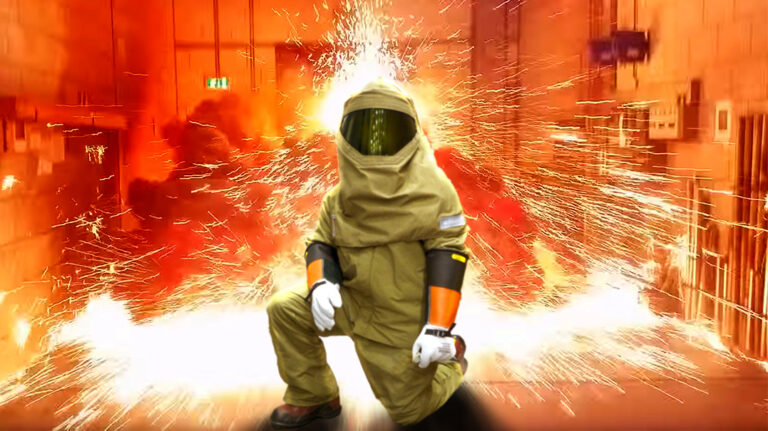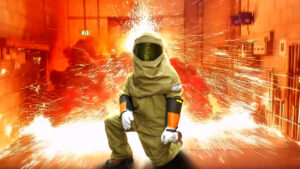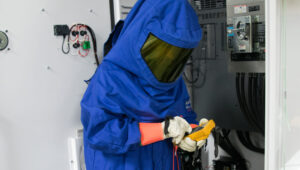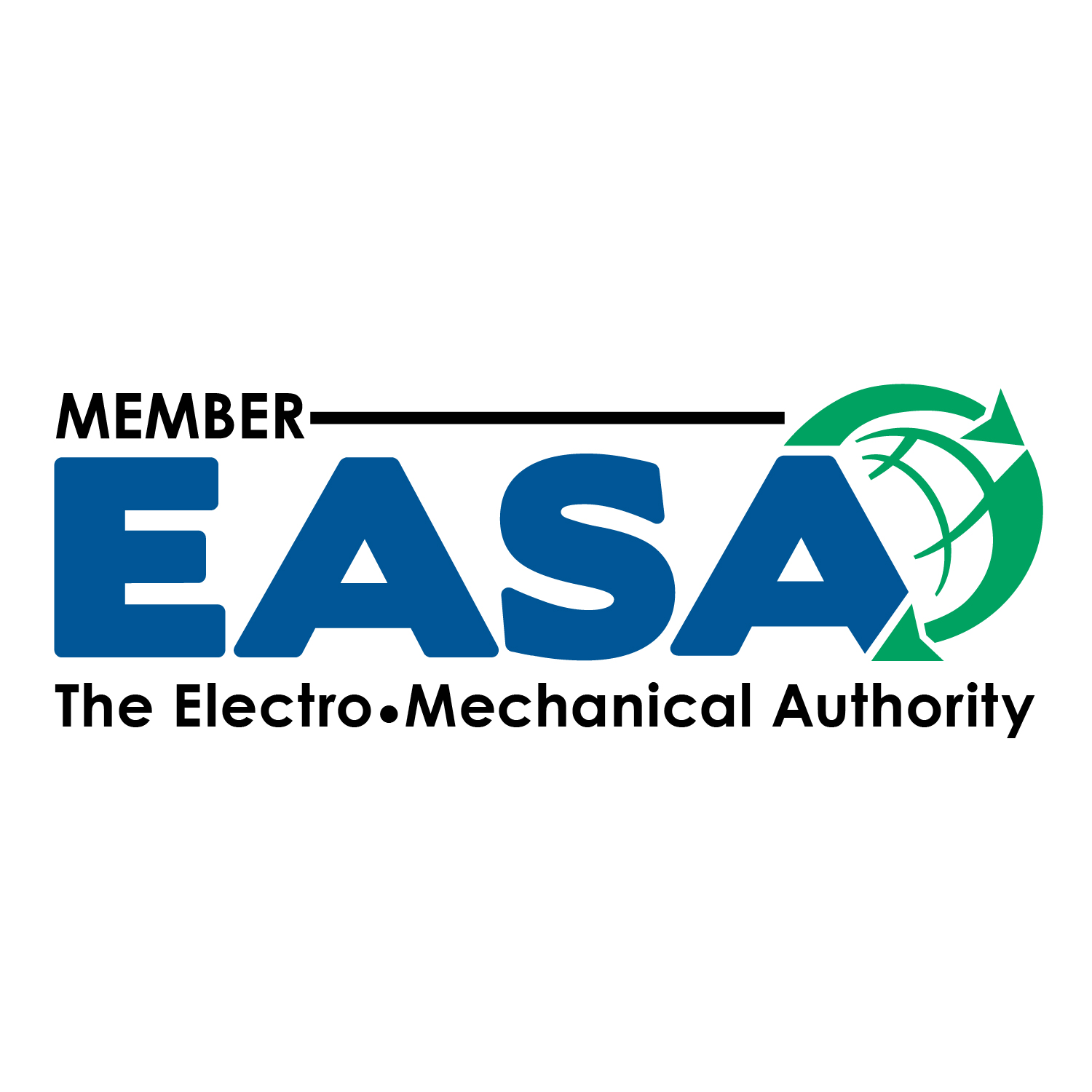
Why is This Necessary?
The first line of defense against arc flash is making sure your equipment is properly installed, protected and maintained. But no matter how you prepare there is always still a risk of arc flash if your technicians are working on live equipment. For technicians to be able to safely work on your equipment while energized, they need to be aware of the hazards associated and have an idea of what personal protective equipment (PPE) is sufficient to protect them in the event of an arc incident.
When is This Necessary?
NFPA 70e (2018) Article 130.5 (G) states that “The incident energy analysis shall be updated when changes occur in the electrical distribution system that could affect the results of the analysis. The incident energy analysis shall also be reviewed for accuracy at intervals not to exceed 5 years.” The “changes in the electrical distribution system” could be attributed to many things. Changing breakers, increasing or decreasing electrical loads to the system, equipment retrofitting, or utility changes upstream are just a few examples of what could change the results of an analysis. These studies need to be done on any equipment operating at 50 volts or more that may be worked on in an energized state.
What Are the Steps to a Proper Arc Flash Study?
- Field Verification & Audit: Review the current status of safety documentation and arc flash compliance, audit existing PPE, review plant layout, locate existing single-line diagrams, document any changes in electrical equipment, complete field work to obtain or verify equipment ratings for transformers, switchgear, MCC’s, distribution panels, circuit breakers, circuit breaker trip units, protective relays, current transformers, conductors, etc.
- Update Single Line Diagram: Compare existing single line diagrams to field data, update or create new single-line diagrams on CAD, verify that all required data is present for modeling.
- Software Modeling & Design: Enter all data into the modeling software program if using the incident energy method. Revisit step 1 for any missing data.
- Short-Circuit Analysis: Calculate maximum short-circuit availabilities, review any underrated devices and plan for modification or replacement.
- Protective Device Coordination: Use software to verify coordination to ensure that downstream devices (breakers/fuses) clear the short circuit before the upstream devices, evaluate coordination based on tradeoffs between coordination to ensure system reliability vs. safety.
- Arc Flash Analysis: Determine incident energy levels, determine flash protection boundaries, determine hazard/risk categories, revisit steps 1-5 if required, calculations based on IEEE-1584, incident energies or PPE categories, evaluate whether the incident energy can be reduced by decreasing the instantaneous trip setting on equipment, using an energy reducing maintenance switch, or other method, print ANSI z535 labels for equipment and affix to applicable equipment.
- Documentation & Label Installation: We will go over what needs to be included on these labels in the next section.
What Needs to be Included in My Warning Labels?
Arc flash warning labels are required by the Occupational Safety and Health Administration to be placed on any piece of electrical equipment over 50 volts that may need to be serviced or examined while energized. These labels are required to contain 7 key pieces of information.
- Warning or Danger Header: A typical label will use WARNING. You would use DANGER when the voltage is over 600 or the incident energy is over 40cal/cm2.
- Incident Energy At: The corresponding working distance, or the measurement between the possible arc point and the body of the technician working on the equipment. How hot it’s going to get.
- Min Arc Rating: The incident energy at a working distance from an arc fault. Measured in calories/cm2 or Joules/cm2.
- Arc Flash Boundary: The smallest distance at which a technician working on equipment at the time of an arc flash may receive a second degree burn or worse if not properly protected by flame-resistant clothing. Where it won’t be too hot.
- Personal Protective Equipment: Categories range from 1-4. The categories can be found in the NFPA 70E. You also need to include Glove Class in this area.
- Limited Approach & Restricted Approach: These can be calculated from formulas found in NFPA 70E. These formulas are very complex and should usually be done by software in order to reduce human error.
- Shock Risk When Cover is Removed: The voltage of the equipment.
Who Can Perform an Arc Flash Study?
A proper arc flash study needs to be performed by a licensed engineer. In some states this may be performed by a registered professional engineer found in-house, but commonly in-house engineers don’t have the proper equipment or software to perform this study and print the proper labels. In order to have proper labeling that is up to code, you should have the study done by a well vetted company that specializes in this area.
Got More Arc Flash Questions? We Can Help!
Call 800-595-5315 Or Connect With Our Expert Technicians Here:
Other Articles
- Lockout/Tagout: An In Depth Look
- How to Assess Your Equipment for Arc Flash Hazards
- Guide to Arc Flash PPE – The Incident Energy Analysis Method

Craig is the Vice President of Engineering at Energy Management Corporation. He is a Professional Engineer (PE) and carries over 30 years of experience in the world of electrical automation. Besides amassing an impressive amount of knowledge in his magnificent brain, he is also a Master Scuba Diver (MSD), a performing magician, and a professional DJ. Truly a man of many talents.





